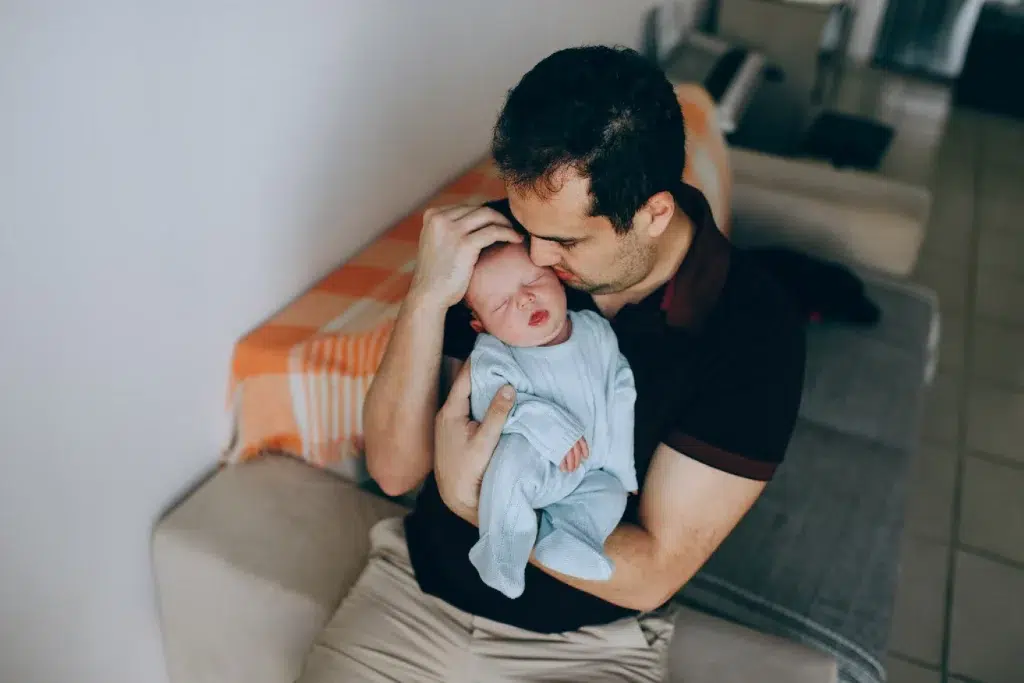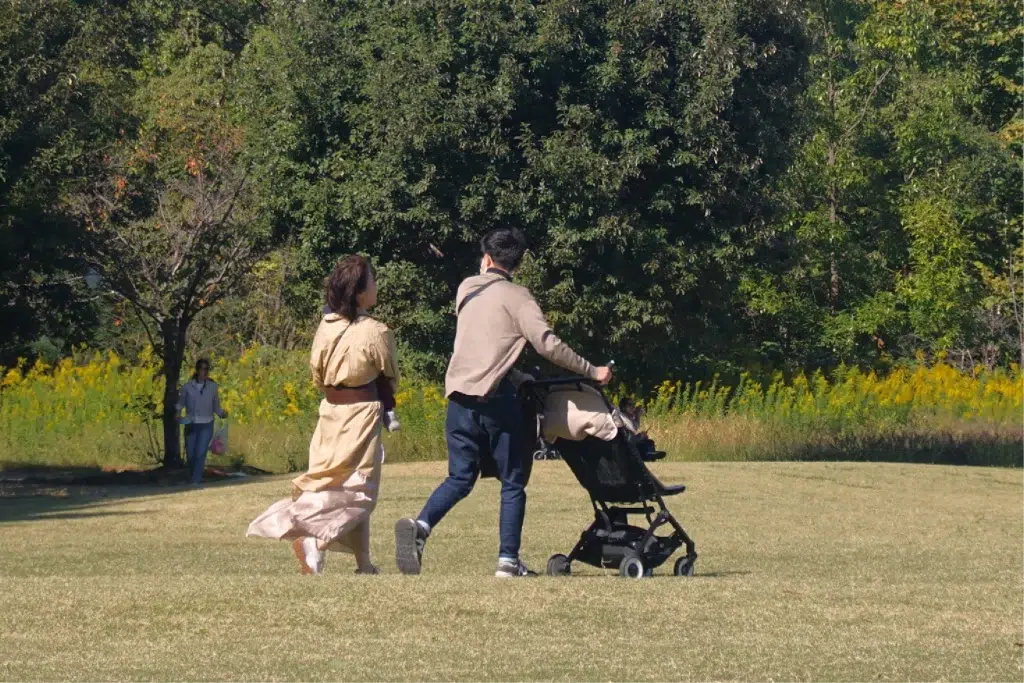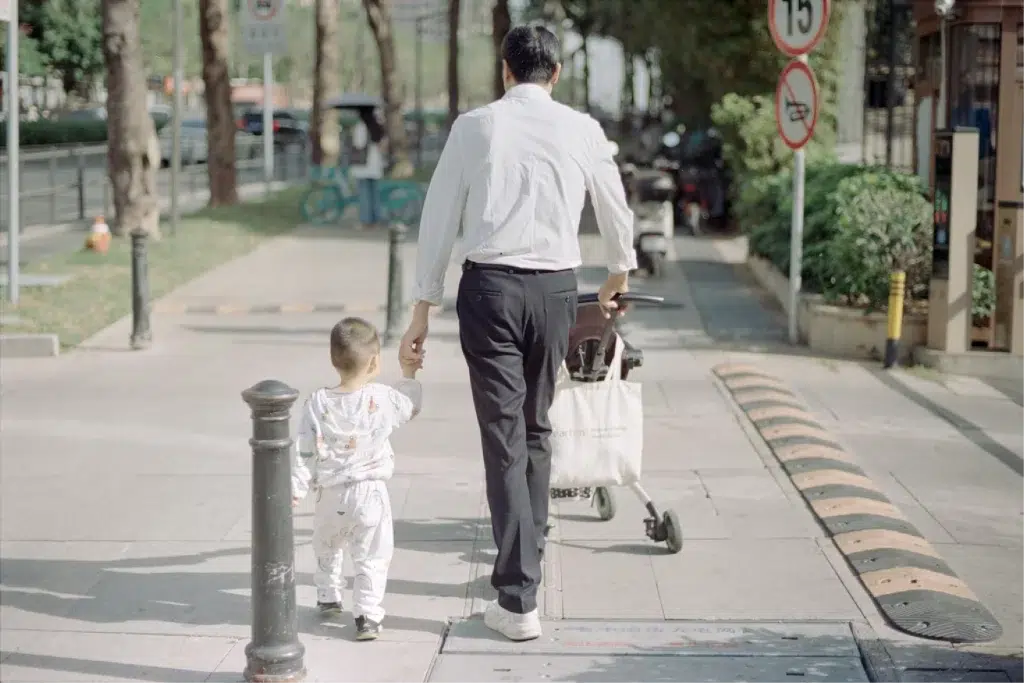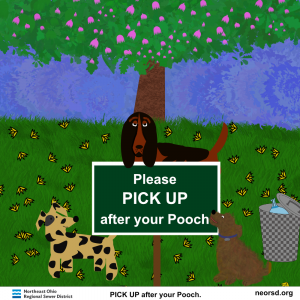
Tuesday night. My daughter dropped a bombshell at dinner. “Mom, I need to interview three experts about urban planning by Friday.” She’s nine. I don’t even know three people, let alone three urban planning experts.
This is life with an IB kid. One minute you’re cutting up chicken nuggets, the next you’re frantically texting everyone in your contacts asking if they know anything about zoning laws.
Sarah from the book club messaged me last week in full panic mode. Her son’s teacher wants him to “explore the concept of systems through multiple lenses.” Sarah sent about fifteen question marks after forwarding me the assignment. I had no answers. Just more question marks.
We’re all fumbling through this together, pretending we understand what “transdisciplinary learning” means while secretly Googling it in the school parking lot.
Understanding the IB Learning Landscape
Three years back, I toured my daughter’s school. The principal kept saying “inquiry-based learning” like it explained everything. I nodded enthusiastically. Had absolutely no clue what she meant.
Now I know. It means my kid doesn’t memorize facts about rainforests. She builds one in a shoebox, calculates rainfall statistics, writes letters to conservation organizations, and presents solutions to deforestation at the assembly. For one assignment.
Traditional schools teach subjects in neat little boxes. Math is math. Science is science. IB throws all the boxes in a blender and hits puree.
Last month’s unit on “How the World Works” had my daughter measuring shadows to understand Earth’s rotation, writing poetry about seasons, researching cultural celebrations tied to solstices, and creating a dance representing planetary movement. My brain hurt just reading the assignment outline.
The kids eat this stuff up, though. My neighbor’s son memorizes spelling words every Thursday night, takes the test on Friday, and forgets them by Saturday. Meanwhile, my daughter still randomly tells strangers about water filtration systems because she built one from plastic bottles eight months ago.
Chatsworth International is an IB school in Singapore that runs one of those full IB programmes from kindergarten up. Their kids don’t read about problems in textbooks. They identify actual issues in their community and propose real solutions to real people. A group of third graders there got the school to change their recycling system. Third graders. Mine still forgets to flush sometimes.
The workload is bonkers. Not gonna sugarcoat it. Regular homework means worksheets you check while cooking dinner. IB homework means your entire Saturday becomes a family expedition to measure traffic patterns for a transportation study.
Teachers expect parent involvement but assume we all have degrees in child psychology and endless patience. Last week’s “simple home extension activity” required materials I had to order online from three different websites.
Everything connects to everything else somehow. They call this “transdisciplinary.” Math bleeds into art, which flows into language, which circles back to science. Your kid starts explaining how fractions relate to musical rhythm, which connects to heartbeat patterns, which leads to a discussion about exercise, and somehow you’re doing PE homework during math time.
Building Strong Language Foundations at Home
September’s parent-teacher conference. The teacher says my daughter needs to work on “text analysis skills.” I nodded like I knew what that meant. Then I went home and panicked.
Apparently, reading books isn’t enough anymore. Kids need to dissect them like lab specimens. Find themes. Identify narrative structures. She’s ten.
Here’s what nobody tells you. The fancy academic language makes simple things sound impossible. Text analysis? It’s just asking why the author made the bad guy wear black. But teachers can’t say it that way. Has to sound complicated or parents won’t take it seriously.
I started small. Really small. During breakfast, I’d read news headlines out loud and ask ridiculous questions. “Why do you think they used the word ‘slammed’ instead of ‘criticized’?” She’d roll her eyes. But she’d answer. Usually, while chewing cereal and getting milk everywhere.

Then came the sticky note war. Started by accident. I left a note on the fridge complaining about someone eating my yogurt. My son left a defense statement on my bedroom door. Three days later, our entire house looked like a crime scene covered in yellow squares. They were writing arguments, counter-arguments, and evidence citations. On sticky notes. About yogurt.
Reading time used to be me droning on while she zoned out. Now she reads the dialogue, and I do the narration. Except I purposely mess up sometimes. Skip paragraphs. Change character names. She goes ballistic. “MOM, YOU SKIPPED THE PART WHERE HE FINDS THE KEY.” Gotcha. You were actually paying attention.
On Thursday nights, we predict endings. She just finished chapter six? We both write down what happens in chapter seven. The loser does dishes. She backs up her guesses like a prosecutor. “The mom was acting suspicious on page 43 when she mentioned the basement.” Kid remembers page numbers when dishes are at stake.
Grocery stores became a vocabulary bootcamp. Not flashcards and drills. Just me being ridiculous. “This cereal is absolutely magnificent. Spectacular. Stupendous.” She thinks I’m insane. But last week her teacher emailed saying she used “stupendous” correctly in class. Score one for embarrassing mom behavior.
Car conversations hit different when you’re stuck in traffic. Can’t escape. We debate stupid things with serious faces. Is soup a drink or food? Must provide three supporting arguments. No cop-outs. She argued that soup temperature determines its classification. Used the word “furthermore” unironically. I almost crashed from pride.
My neighbor swears by professional help. Her daughter goes to illum.e for primary English support twice weekly. Costs a fortune, but the kid went from crying over essays to winning writing competitions. Different strokes.
Writing sneaks into everything now. My son documents daily injustices in a notebook titled “Evidence of Sister Crimes.” She maintains a rebuttal journal. They present cases to me on Sunday nights. Last week featured security camera footage (drawn in crayon) of alleged cookie theft.
The messiest learning works best. Arguing about movie plots while folding laundry. Making up song lyrics about whatever we’re cooking. Describing dog walks like nature documentaries. “The domestic canine investigates a suspicious bush.”
Fostering Creativity Without Adding Pressure
My kid’s art project last month required “mixed media exploration incorporating cultural perspectives.” She needed paint, clay, fabric, and apparently, a degree in contemporary art theory. She’s eleven.
I bought glitter. She made a sparkly blob. Called it “Chaos in Modern Society.” Got an A.
Sometimes I think we’re all overthinking this creativity thing. Teachers send home lists of suggested artistic activities, like we’re running summer camps in our living rooms. Meanwhile, I’m stepping on Play-Doh at midnight and finding marker stains on furniture I didn’t know we owned.

Here’s what actually happens at my house. Saturday morning, everyone’s bored. I dump art supplies on the kitchen table. No instructions. No Pinterest inspiration. Just materials and chaos. My son makes weapons out of pipe cleaners. My daughter builds tiny furniture from cardboard. Neither thing relates to school. Both kids are problem-solving and creating. I drink coffee and pretend the mess doesn’t bother me.
The pressure to be creative while also being academic makes zero sense. Kids can’t schedule inspiration between math homework and violin practice. But schools expect creativity portfolios alongside test scores. So we fake it.
Last week, my daughter needed to show “artistic growth” for her semester reflection. We photographed every random doodle from her notebook margins. Called it “Evolution of Subconscious Expression.” The teacher loved it. It’s literally just bored classroom scribbles.
I stopped buying fancy art kits. Waste of money. Cardboard boxes become castles. Toilet paper rolls turn into binoculars. My grocery receipt from Tuesday became a collage about capitalism. That one was her idea. I just provided the scissors.
Music counts as creativity, apparently. But instrument lessons cost more than my car payment. So we make noise with kitchen supplies. Wooden spoons on pots. Rice in containers. Rubber bands stretched across tissue boxes. The neighbors hate us, but my kids composed a symphony called “Dinner Time” using only kitchen items.
Dance parties solve everything. Bad day? Dance party. Finished homework? Dance party. Random Tuesday? Dance party. No choreography. No rules. Just flailing around the living room. Sometimes we make up interpretive dances about our feelings. My son’s “Monday Morning” dance involves a lot of floor rolling. Accurate.
Photography became a free art class when I let them use my phone camera. New rule – take ten pictures daily of things nobody else would notice. Shadows on walls. Crumbs arranged in patterns. Close-ups of chair legs. We print the weird ones. Call it abstract art. Hang them on the fridge.
Some parents go all out. My colleague enrolled her kids in online art classes through Little Artists. Professional instruction, proper techniques, and no mess in her house. Her daughter can actually draw recognizable humans now. Mine still do stick figures with disproportionate heads.
But creativity isn’t about perfect technique. It’s about making stuff without worrying if it’s good. My kids create absolute garbage most days. Sculptures that collapse. Paintings that look like accidents. Stories that make no sense.
They’re not afraid to fail, though. That’s worth more than perfect art.
Time Management Strategies That Actually Work
Monday through Friday looks like this. Wake up late. Scream about missing socks. Forget lunch money. After school: swimming, tutoring, drama club, meltdown about homework. Dinner at 8 pm. Bed after 10. Repeat until everyone cries.
That was us last year. We were those people. The ones always running late, apologizing, living on granola bars eaten in the car.
Then I snapped. Cancelled everything. My kids had zero activities for a month. The world didn’t end. They learned to entertain themselves. I remembered what sitting down felt like.
Now we have rules. Two activities maximum per kid. Not per day. Per lifetime. Sounds harsh? My daughter does drama and swimming. That’s it. No violin, mandarin, robotics, chess club, pottery, or whatever else the other parents are doing. She has time to stare at the walls. It’s glorious.
Morning routines used to involve me yelling at times every three minutes. “It’s 7:15! Now it’s 7:18! We’re late!” Got everyone watches. Cheap digital ones. Their problem now. Natural consequences hit different when mom’s not saving you.
Homework happens at 4 pm. Not negotiable. Don’t care if you’re tired, hungry, or emotionally devastated about playground drama. 4 pm means books open. Crying is allowed, but work continues. Harsh? Maybe. But bedtime moved from 10:30 to 8:30. Everyone’s less horrible now.

Sunday planning meetings sound fancy, but it’s just us looking at the week and figuring out who needs to be where. Kids pick their homework priorities. I don’t micromanage. They forgot something? They face consequences at school. I’m not calling teachers with excuses anymore.
The word “no” became my favorite. Birthday party during project week? No. Extra credit requiring weekend trips to museums? No. PTA president asking me to run the bake sale? Absolutely not. Other parents judge me. Don’t care. My kids sleep eight hours nightly.
Screen time isn’t evil. It’s sanity. Friday afternoons, they can zombie out on tablets while I pretend the house isn’t destroyed. Saturday morning,s they watch TV until noon. Buys me time to drink coffee in peace. Educational content? Nope. Pure mindless entertainment. Their brains need breaks, too.
We eat dinner at 6 pm. Actual dinner. At a table. Phones in another room. Sometimes it’s fancy. Usually it’s pasta. Again. But we sit there together, complaining about our days, stealing each other’s food, existing in the same space without rushing somewhere.
Bringing It All Together
Perfection is a myth sold by Instagram parents who hide their chaos outside the frame. Their kids have meltdowns, too. Their houses get destroyed. They serve cereal for dinner sometimes.
School expects miracles. IB programmes push kids toward impossible standards. Everyone’s child speaks four languages and plays concert piano while maintaining straight As and saving orphaned dolphins on weekends. Supposedly.
Meanwhile, your kid ate glue yesterday. Mine put underwear on the cat. We’re all disasters pretending we’ve got it figured out.
But here’s what matters. Your kid knows you’re trying. They see you Googling homework help at midnight. They notice when you show up, even though work was insane. They remember the dance parties more than the perfect projects.
Balance isn’t about doing everything right. It’s about choosing which things to completely mess up. Some days, academics win. On other days, creativity gets attention. Most days, everyone’s fed and nobody’s crying. That’s success.
Keep swimming. We’re all drowning together.




















